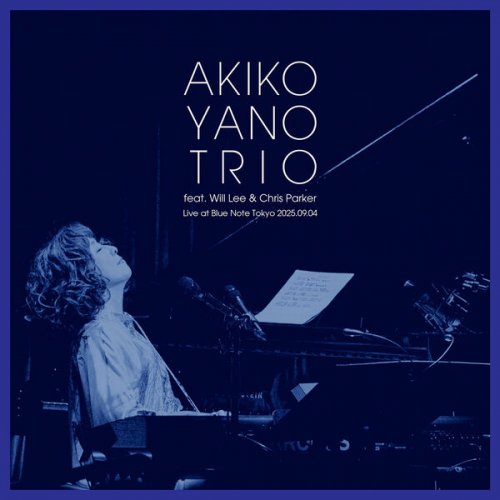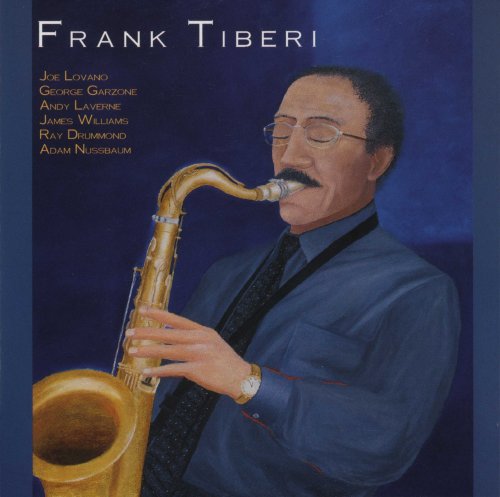Jordi Savall - Les Voix Humaines: Abel, Bach, Marais, Sainte-Colombe (1998)
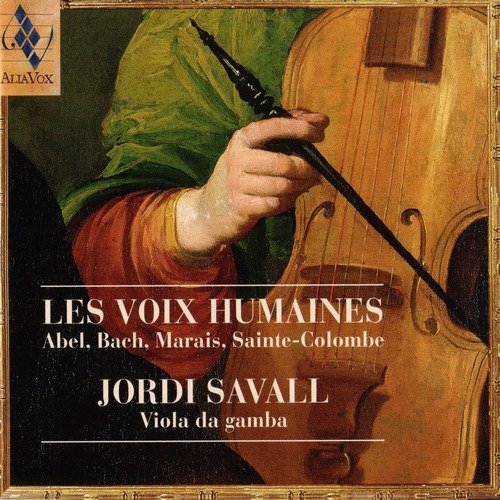
Artist: Jordi Savall
Title: Les Voix Humaines: Abel, Bach, Marais, Sainte-Colombe
Year Of Release: 1998
Label: Alia Vox
Genre: Classical
Quality: FLAC (tracks+.cue,log,scans)
Total Time: 78:45
Total Size: 390 Mb
WebSite: Album Preview
Tracklist: Title: Les Voix Humaines: Abel, Bach, Marais, Sainte-Colombe
Year Of Release: 1998
Label: Alia Vox
Genre: Classical
Quality: FLAC (tracks+.cue,log,scans)
Total Time: 78:45
Total Size: 390 Mb
WebSite: Album Preview
I
1. Karl Friedrich Abel (1723-1787) - Prelude en re mineur (2:42)
2. JS Bach (1685-1750) - Allemande BWV 1011 en re mineur (5:08)
3. Johannes Schenck (1660-1712) - Aria Burlesca en re mineur (2:21)
4. John Playford (1623-1686) - La Cloche en fa majeur (0:44)
5. John Playford (1623-1686) - Sarabande en fa majeur (1:38)
II
6. Mr. De Machy (1685-1692) - Prelude en re mineur (2:52)
7. Marin Marais (1656-1728) - Les Voix Humaines en re majeur (5:33)
8. Jean-Baptiste Antoine Forqueray (1699-1782) - La Du Vancel (4:09)
9. Georg Philipp Telemann (1681-1767) - Vivace (1:45)
10. Tobias Hume (1659-1645) - Harke, harke en sol mineur (2:00)
III
11. Mr. De Caix D'Hervelois (~1670-1760) - Plainte en do majeur (5:20)
12. JS Bach (1685-1750) - Menuet I-II BWV 1007 en do majeur (5:07)
13. JS Bach (1685-1750) - Gigue BWV 1007 en do mineur (1:48)
14. Tobias Hume (1659-1645) - Good againe en sol majeur (5:02)
IV
15. Mr. De Sainte-Colombe Le Fils (s. XVII) - Prelude en mi mineur (5:49)
16. Marin Marais (1656-1728) - Sarabande a l'Espagnol en mi mineur (3:04)
17. Anonyme (ca. 1660) - The Lancashire Pipes en mi majeur (5:53)
V
18. Mr. De Sainte-Colombe Le Fils (s. XVII) - Fantaise en Rondeau en sol mineur (5:21)
19. JS Bach (1685-1750) - Sarabande-Double BWV 1002 en sol mineur - I. (5:39)
20. JS Bach (1685-1750) - Sarabande-Double BWV 1002 en sol mineur - II. (3:37)
21. JS Bach (1685-1750) - Bourree BWV 1010 en sol majeur (2:01)
Performers:
Jordi Savall (viola da gamba)
(Lira-viol, Bass-viol)
If he were so minded, Jordi Savall might hand copies of this CD out to new acquaintances as the musical equivalent of a calling-card. True, he appears here only in the guise of soloist, whereas a more complete portrait would need to include samples of his work as director and conductor; but as an illustration of the range of the viola da gamba, this generously filled disc is exemplary. And although the calling-card might not be handmade, it is the nearest thing to it, since Alia Vox is Savall’s own, newly established label.
Jordi Savall - Les Voix Humaines - Abel, Bach, Marais, Sainte-Colombe (1998) {Alia Vox AV9803}
Unsurprisingly for so thoughtful a musician, the recital is tightly structured, with the pieces grouped according to keys so as to form miniature suites (each group begins with a prelude). The lion’s share goes to excerpts from Bach’s suites, arranged for viol by Savall himself (with some unexpected but refreshing liberties, as in the Bouree from the Fourth). But the album’s central theme, hinted at in the title, hinges on one of the cruxes of the gamba repertory: is the instrument predominantly a melody or a harmony instrument? Savall’s lucid notes make plain just how heated that debate became, especially among the French; and one hears this very clearly in the mainly melodic import of Marais’s music, for instance; and certainly one learns much from listening to these different pieces in the light of that distinction. If there are, to my mind, a couple of weak links in the chain (most conspicuously Schenk’s Aria Burlesca), there are as many vivid discoveries: Playford’s La cloche, with its alternate use of pizzicato and bow in the same line, and the anonymous Lancashire Pipes which at least give Savall the opportunity of going mad for a bit.
That brings me to the performances themselves, which have the sort of authority one expects from a musician of Savall’s stature. Not that one need agree with everything he does. I find some of the French pieces a trifle too languid and artful rhythmically, almost losing the wood of the metre for the trees of bon gout. Jean-Baptiste Forqueray’s La Du Vaucel strikes me as being too slow, and the Menuett I from Bach’s Suite No. 1 as overdone. Yet the following Gigue is spot on in character, tone and articulation. The point is that Savall always conveys the impression, not merely of being in control, but of a clear intention for each piece within the recital: those rubatos in the Bach minuets are a reminder that his music is the confluent of the many styles of his period, including the style chantant of the French.
Jordi Savall - Les Voix Humaines - Abel, Bach, Marais, Sainte-Colombe (1998) {Alia Vox AV9803}
Unsurprisingly for so thoughtful a musician, the recital is tightly structured, with the pieces grouped according to keys so as to form miniature suites (each group begins with a prelude). The lion’s share goes to excerpts from Bach’s suites, arranged for viol by Savall himself (with some unexpected but refreshing liberties, as in the Bouree from the Fourth). But the album’s central theme, hinted at in the title, hinges on one of the cruxes of the gamba repertory: is the instrument predominantly a melody or a harmony instrument? Savall’s lucid notes make plain just how heated that debate became, especially among the French; and one hears this very clearly in the mainly melodic import of Marais’s music, for instance; and certainly one learns much from listening to these different pieces in the light of that distinction. If there are, to my mind, a couple of weak links in the chain (most conspicuously Schenk’s Aria Burlesca), there are as many vivid discoveries: Playford’s La cloche, with its alternate use of pizzicato and bow in the same line, and the anonymous Lancashire Pipes which at least give Savall the opportunity of going mad for a bit.
That brings me to the performances themselves, which have the sort of authority one expects from a musician of Savall’s stature. Not that one need agree with everything he does. I find some of the French pieces a trifle too languid and artful rhythmically, almost losing the wood of the metre for the trees of bon gout. Jean-Baptiste Forqueray’s La Du Vaucel strikes me as being too slow, and the Menuett I from Bach’s Suite No. 1 as overdone. Yet the following Gigue is spot on in character, tone and articulation. The point is that Savall always conveys the impression, not merely of being in control, but of a clear intention for each piece within the recital: those rubatos in the Bach minuets are a reminder that his music is the confluent of the many styles of his period, including the style chantant of the French.
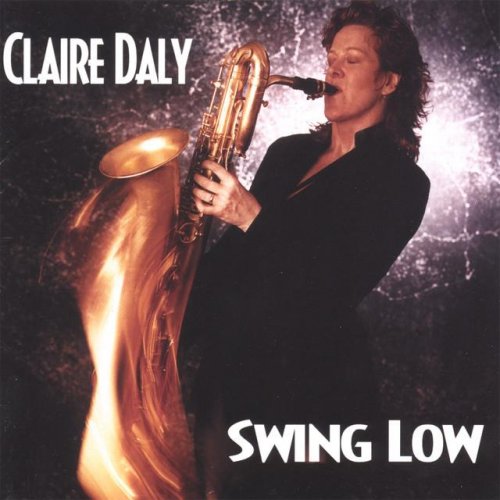
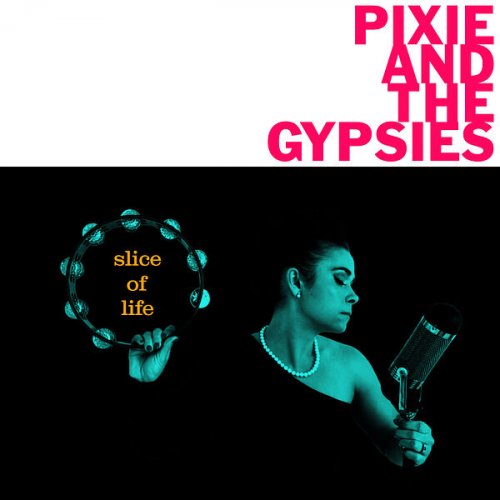
![Charles Tyler Ensemble - Voyage from Jericho (2025) [Hi-Res] Charles Tyler Ensemble - Voyage from Jericho (2025) [Hi-Res]](https://img.israbox.com/img/2025-12/05/n3pljm8rwf37xqfuo1idmsl54.jpg)

